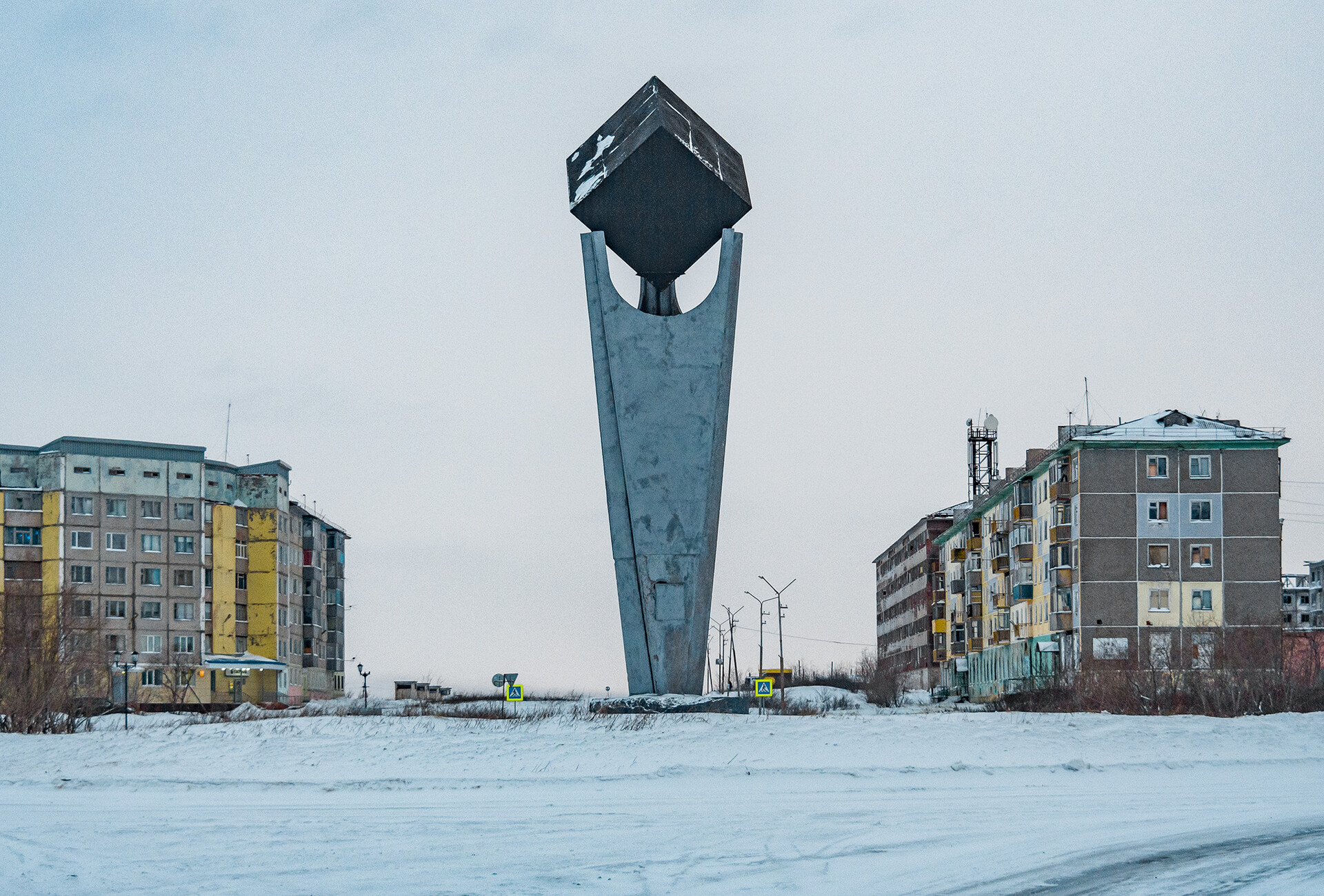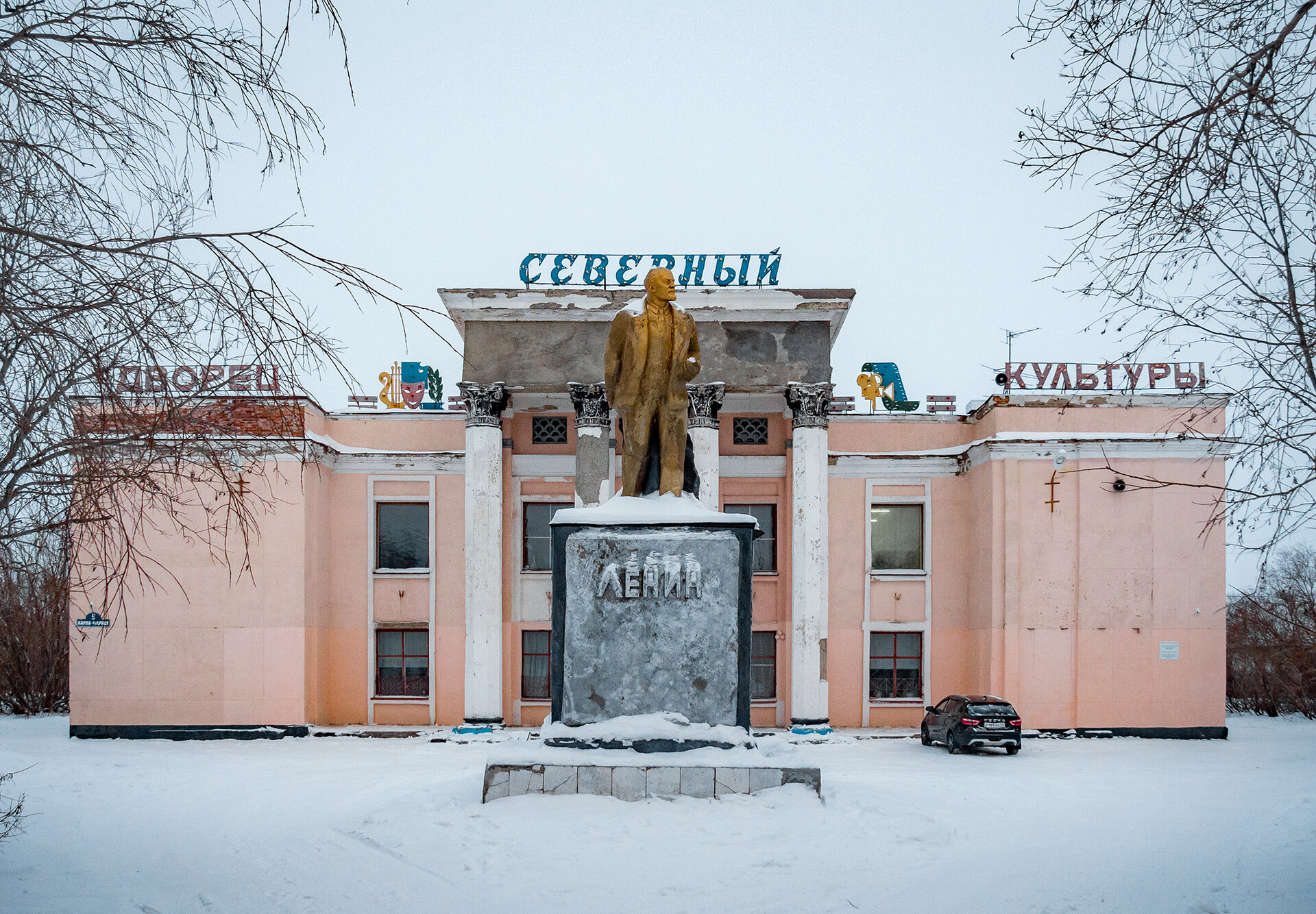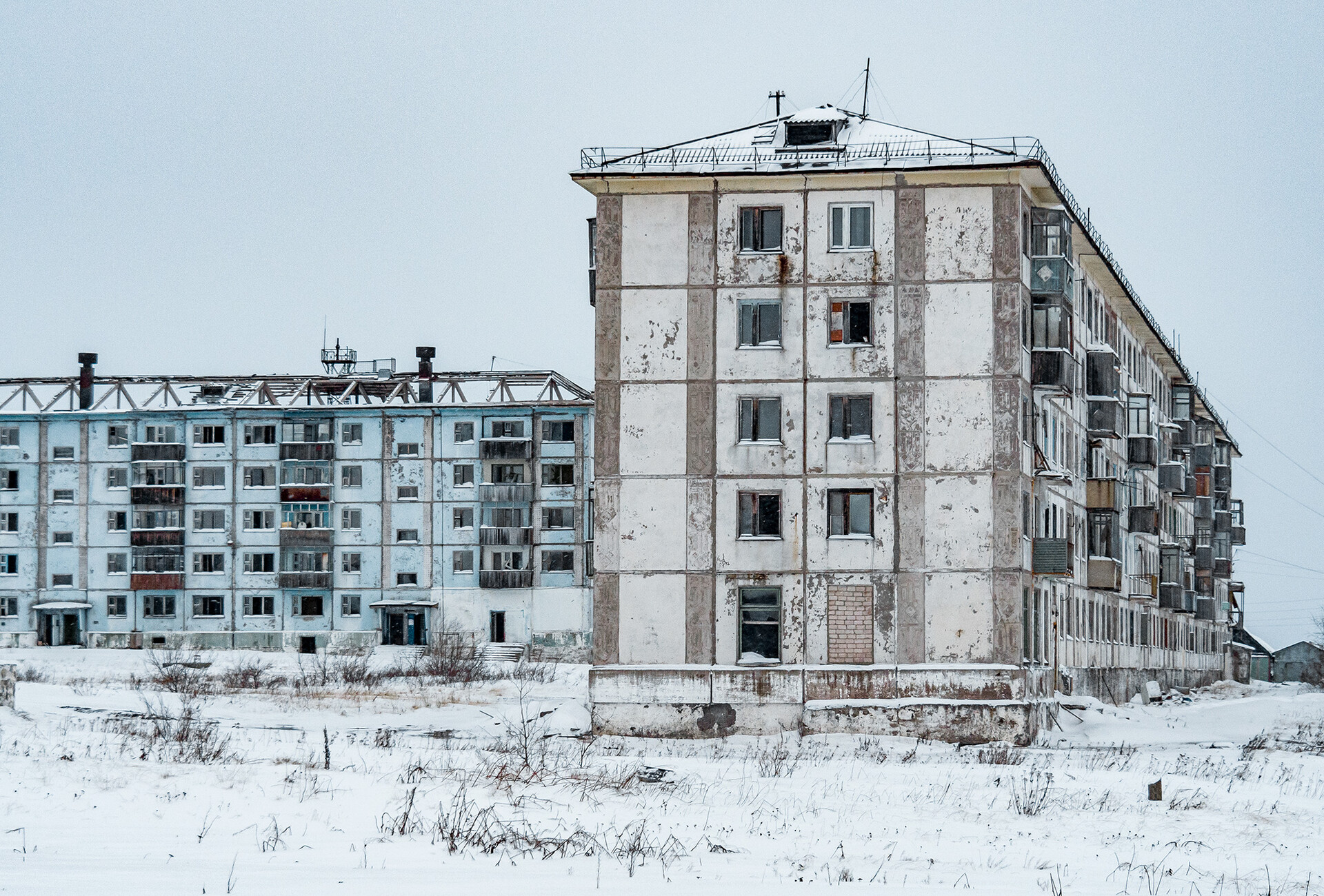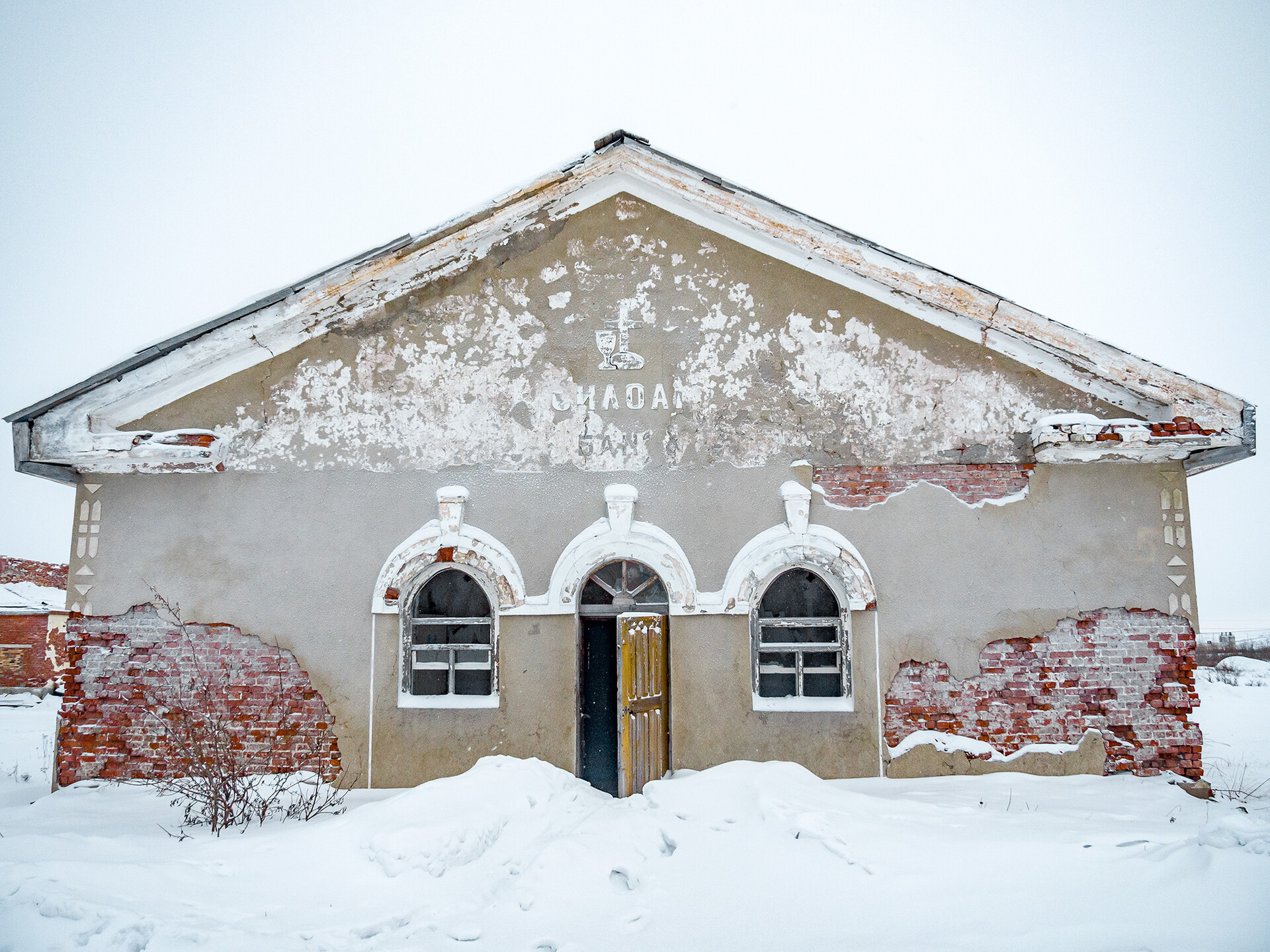Abandoned settlements around Vorkuta: why did people leave? (PHOTOS)

Some settlements today do not even have any road signs left. As you drive along the road, there are only remnants of foundations and walls and, the further you go, the more the abandoned buildings seem to be just a part of the landscape and become less scary.
The number of mines and settlements along the ring road around Vorkuta grew gradually until the mid-1970s. At the time of the collapse of the USSR, there were 13 mines and about 10 settlements on the "ring".
Today, there are just four mines, one coal strip and four settlements where people still live.
Vorgashor

The largest settlement in the Vorkuta ring is Vorgashor near the Vorgashorskaya mine, the largest coal mine in Europe, and it gives the impression of being quite populated.

People bustle along the streets, we even saw ‘tundrovik’ sleds being pulled by reindeer. They say that this is the place where reindeer herders come most often for food and essential items. ‘Vorgashor’ translates from the Komi language as "reindeer road stream".

Before the collapse of the USSR, the settlement had a population of almost 25,000 people, but, today, it is less than 7,000.

In winter, the village still looks good, but, in summer, when the asphalt emerges from under the snow, it reveals obvious signs of abandonment. Houses that have been partially abandoned look especially strange.

Some of them no longer have half of their windows, or they are boarded up with plywood, but others have lights on and people living in them.
Severny

The second largest settlement, Severny, with 3,600 residents (down from 20,000 before the collapse of the USSR), is also still standing. The Severny mine was closed in 2016, after a methane explosion resulted in 36 people dying. In memory of them, a memorial was erected at the entrance to the settlement.
The 1951 House of Culture in the style of Soviet classicism reminds us that Severny was once a very beautiful settlement. It still has an active social life and there are a multitude of creative classes and courses the residents of the settlement engage in.

Inside many houses, everything looks as if people have left them just today.
Some owners, upon leaving, try to sell their apartments. For example, "three-bedroom" apartments in Vorgashor and Severny are sold for 100,000-150,000 rubles (approx. $1,000-1,500) together with furniture and appliances, but there is not much demand.
Komsomolsky

This village seemed completely deserted to us, although according to official data, there were five inhabitants still living there. However, we did not find them.

There were signs on the snow-covered entrances saying "people live here", but the windows were not lit and there were no signs of life. On the streets, however, the streetlights were lit and there were footprints between the buildings.
 "People live here" says on the door.
"People live here" says on the door.
The settlement was once inhabited by 15,000 people. Today, there are no stores, no gas stations, no libraries and no other signs of civilization. Some of the entrances are sealed up, apparently to keep trespassers out.

The settlement is to be finally closed down and disconnected from communications in the near future.

However, the active Komsomolskaya mine is nearby (it is the deepest coal mine in Russia, its depth reaching over 1,100 meters), but it is more profitable to transport workers to it by bus from Vorkuta and other settlements.
Zapolyarny

Zapolyarny met us with semi-ruined buildings from the Stalin era, which were frightening to enter.


It seemed that the staircases and ceilings were about to collapse. About 200 people live in this settlement. It was noticeable by the parked cars and cleared paths.

The Zapolyarnaya mine is in operation and is considered the most promising in terms of reserves extraction. In terms of capacity, it is similar to the Vorgashorskaya mine.


We also visited other settlements where there were still roads left. The settlements of Promyshlenny, Yurshor, Sovetsky and Oktyabrsky have become absolute ghost towns, their residents having left long ago, some to Vorkuta and others to other Russian cities.



